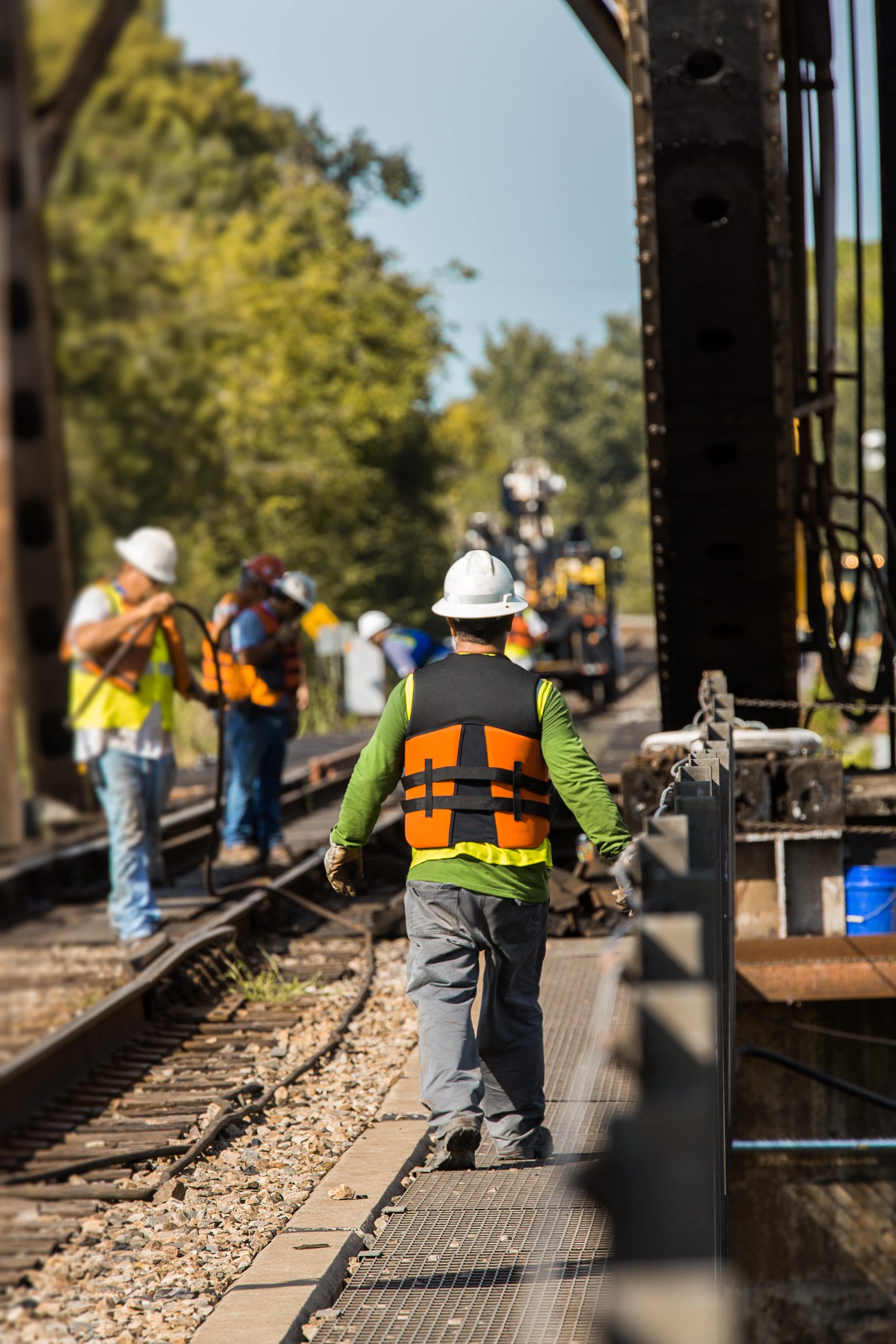15 Pinterest Boards That Are The Best Of All Time About Railroad Cancer Settlement

Understanding the Railroad Cancer Settlement: What You Need to Know
As the intricacies of occupational health lawsuits grow, one area that has actually garnered substantial attention is cancer claims associated with railroad work. Train workers are frequently exposed to hazardous materials and conditions that may increase their risk of establishing numerous types of cancer. The railroad cancer settlement looks for to address the complaints of afflicted workers and their families. In this post, we will break down everything you require to understand about the railroad cancer settlement, including the processes involved, eligibility criteria, prospective settlement, and regularly asked questions.
What is the Railroad Cancer Settlement?
The railroad cancer settlement describes legal resolutions reached between railroad business and employees who have established cancer due to workplace direct exposure. These settlements act as payment for the pain, suffering, and financial losses sustained as a result of these health problems. Unlike standard workers' settlement claims, which may have stricter guidelines, railroad settlements often take into account the unique health risks that rail workers face.
Key Statutes and Regulations
Railroad labor is managed by the Federal Employers Liability Act (FELA), which secures railroad workers when they sue their employers for injuries arising from negligence. Importantly, FELA permits workers to pursue claims not only for physical injuries however also for occupational illness like cancer.
Who is Eligible for These Settlements?
Eligibility for a railroad cancer settlement might depend upon a number of aspects:
| Criteria | Information |
|---|---|
| Employment Status | Must have been used by a railroad business. |
| Type of Cancer | Need to have a medical diagnosis of cancer (types include lung, colon, bladder, and leukemia). |
| Direct exposure History | Should supply proof of exposure to hazardous substances (like asbestos or diesel exhaust) throughout employment. |
| Timeframe | Need to show that the cancer diagnosis occurred within a particular timeframe post-employment. |
Common Types of Cancer Linked to Railroad Work:
- Lung Cancer
- Bladder Cancer
- Colon Cancer
- Leukemia
- Mesothelioma
The Settlement Process: How it Works
Navigating the labyrinth of the railroad cancer settlement can seem daunting. Here's a step-by-step breakdown of the process:
- Diagnosis and Medical Documentation: The employee must protect an official cancer diagnosis from a certified physician.
- Paperwork of Employment: Gather work records revealing dates of service, task roles, and any safety training received.
- Gather Exposure Evidence: Obtain materials such as safety reports, field journals, and testimonies from colleagues regarding direct exposure to harmful compounds.
- Legal Consultation: Engaging a lawyer experienced in FELA cases can be vital. Railroad Cancer Lawyers will help in examining the proof and navigating the complexities of the settlement procedure.
- Filing a Claim: The legal team will prepare and send a claim, including all supporting documentation, to initiate the settlement negotiations.
- Settlement Negotiations: Both celebrations will work out to reach a mutually reasonable settlement quantity.
- Disbursement of Funds: Once concurred upon, the settlement amount is dispersed to the complaintant, frequently after deducting legal costs.
Typical Challenges in Claiming Settlements:
- Difficulty in proving exposure to damaging compounds.
- Paperwork mistakes or missing records.
- The lengthy nature of legal proceedings.
Prospective Compensation: What to Expect
The quantity granted by means of settlement can vary widely, depending on several aspects:
| Factor | Influence on Compensation |
|---|---|
| Severity of Health Conditions | More serious disease usually leads to greater compensation. |
| Duration of Employment | Longer employment might increase exposure evidence, causing greater claims. |
| Age at Diagnosis | Older people may get various compensation based upon life span. |
| Lost Wages and Medical Costs | Payment typically covers lost wages and incurred medical expenses. |
While it's challenging to put an exact number on possible settlements, numerous railroad cancer cases have seen awards in the series of ₤ 100,000 to several million dollars.
Often Asked Questions (FAQs)
1. The length of time does it require to settle a railroad cancer claim?
The length of time can differ significantly, from several months to a few years, depending upon the intricacy of the case and negotiations.
2. Can I still submit a claim if I'm retired?
Yes, retired railroad workers are eligible to file a claim for cancer linked to their railroad employment.
3. What if my family member passed away due to cancer while operating in the railroad industry?
Member of the family might file wrongful death claims on behalf of deceased railroad workers if they can connect the death to occupational direct exposure.
4. Exists a time frame for submitting a railroad cancer claim?
Yes, under FELA, there is a statute of constraints that varies by state. It's normally 3 years from the date of diagnosis or the date of the last exposure.
5. Should I employ a lawyer to help with my claim?
While it's not compulsory, hiring a lawyer who specializes in FELA can greatly boost the chances of getting reasonable compensation and navigating the legal intricacies.
The railroad cancer settlement process is vital for guaranteeing justice for those who have actually suffered due to occupational dangers. With correct documentation and legal assistance, affected staff members can protect the compensation they are worthy of. Comprehending Railroad Cancer Settlement Amounts , knowing the actions involved, and preparing for prospective challenges can considerably increase the odds of a favorable outcome.
For anybody impacted, it's vital to act quickly, as timely action can be important to developing a strong claim. If you think you or an enjoyed one may have a legitimate claim, think about speaking with a specialized attorney to explore your choices further.

